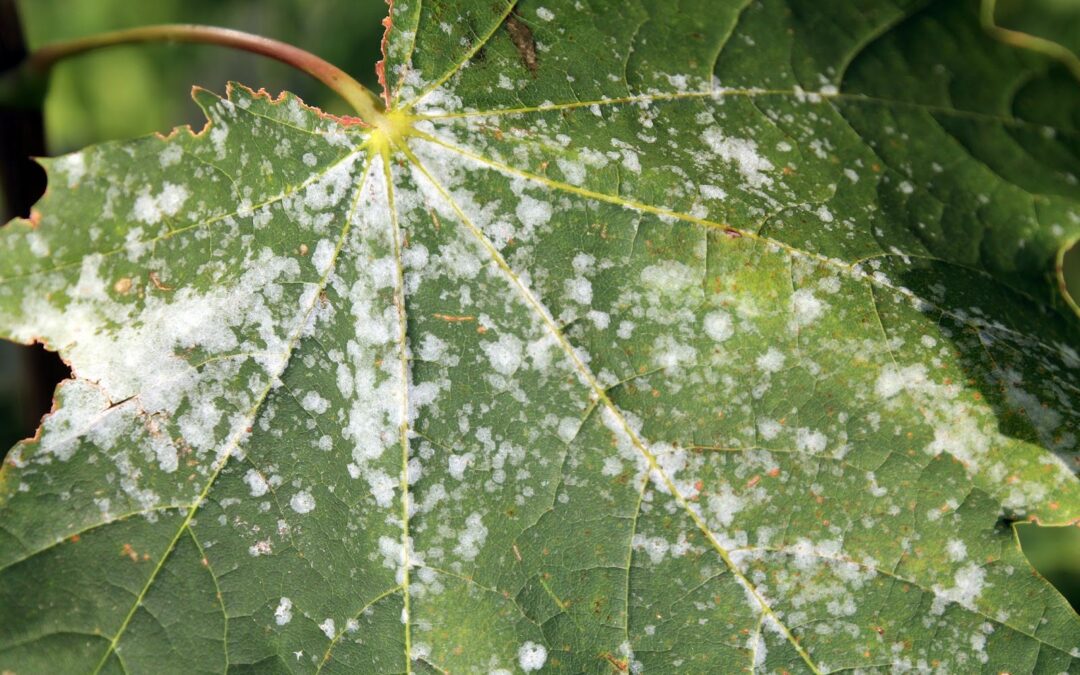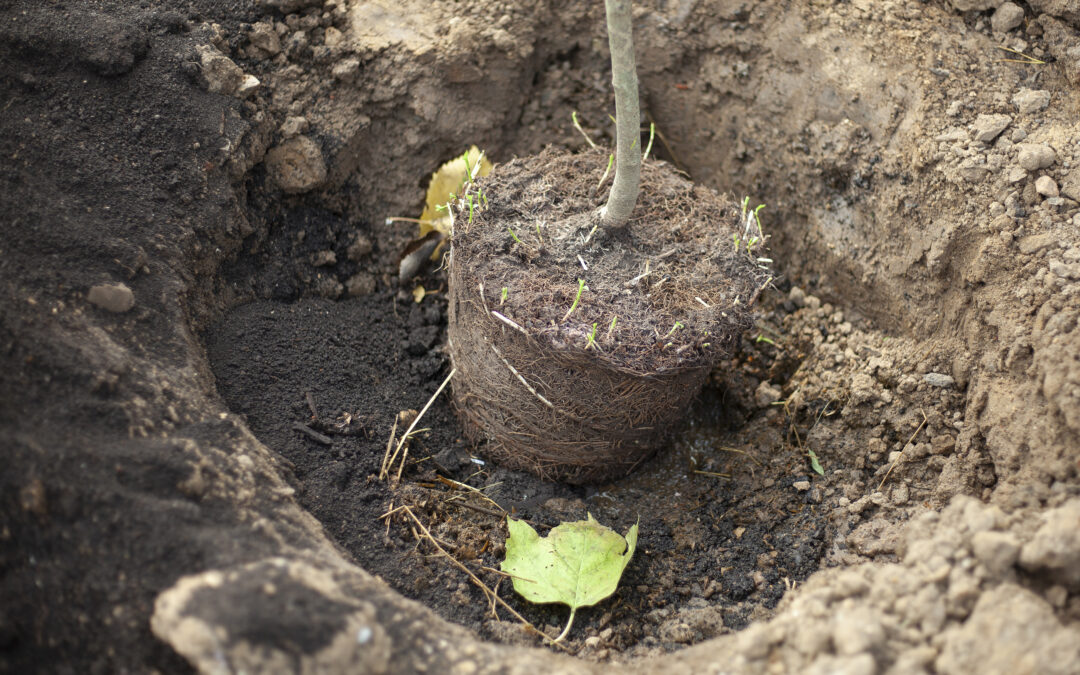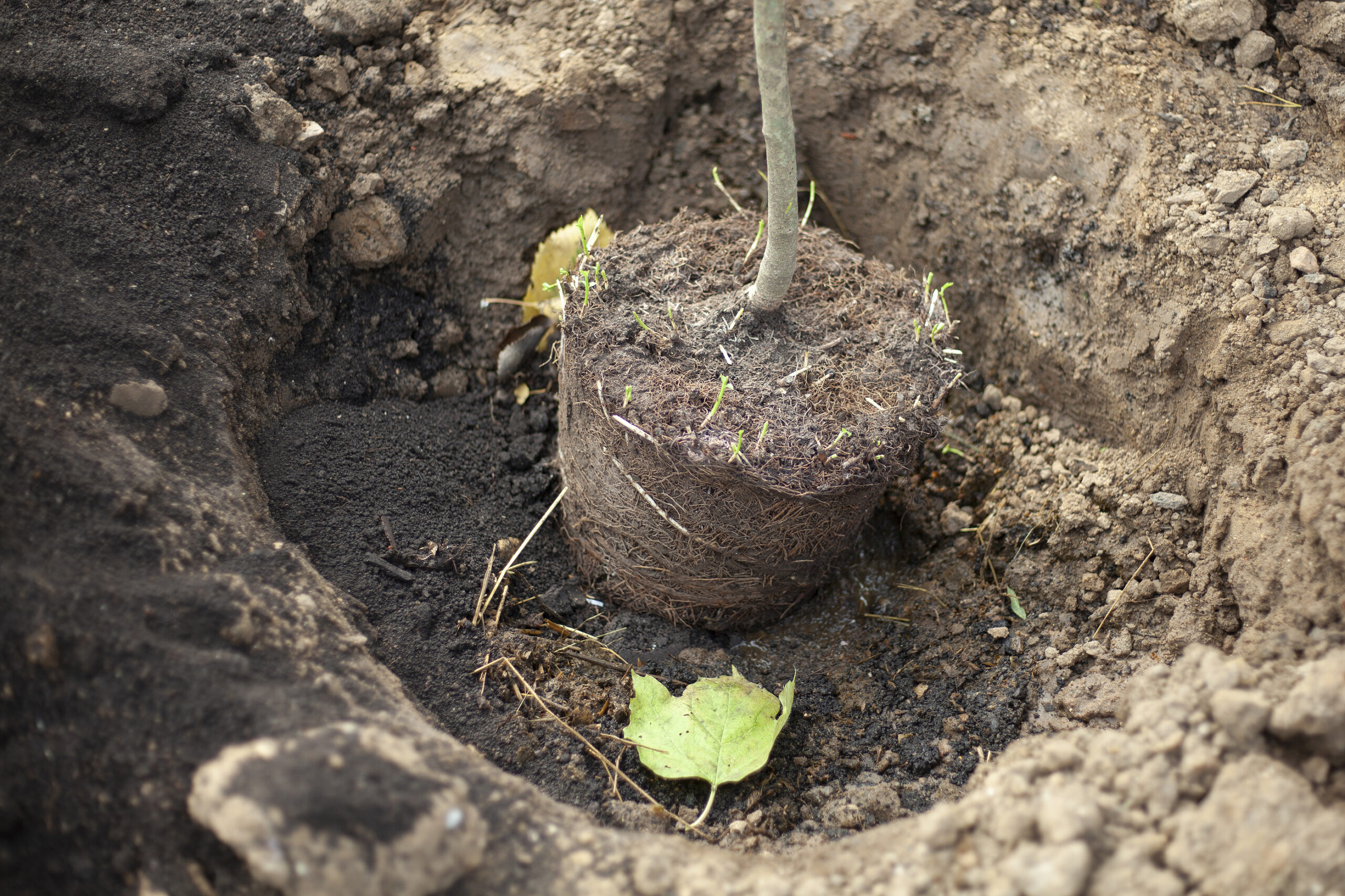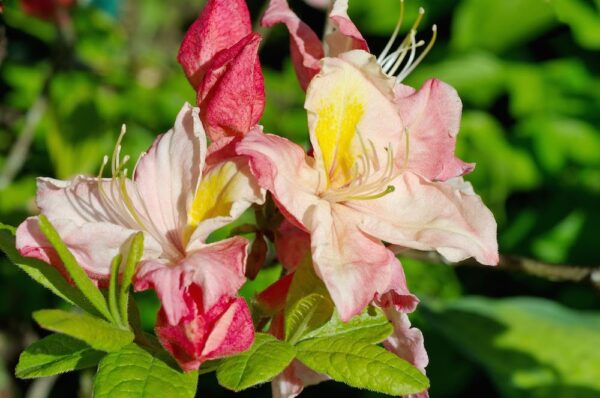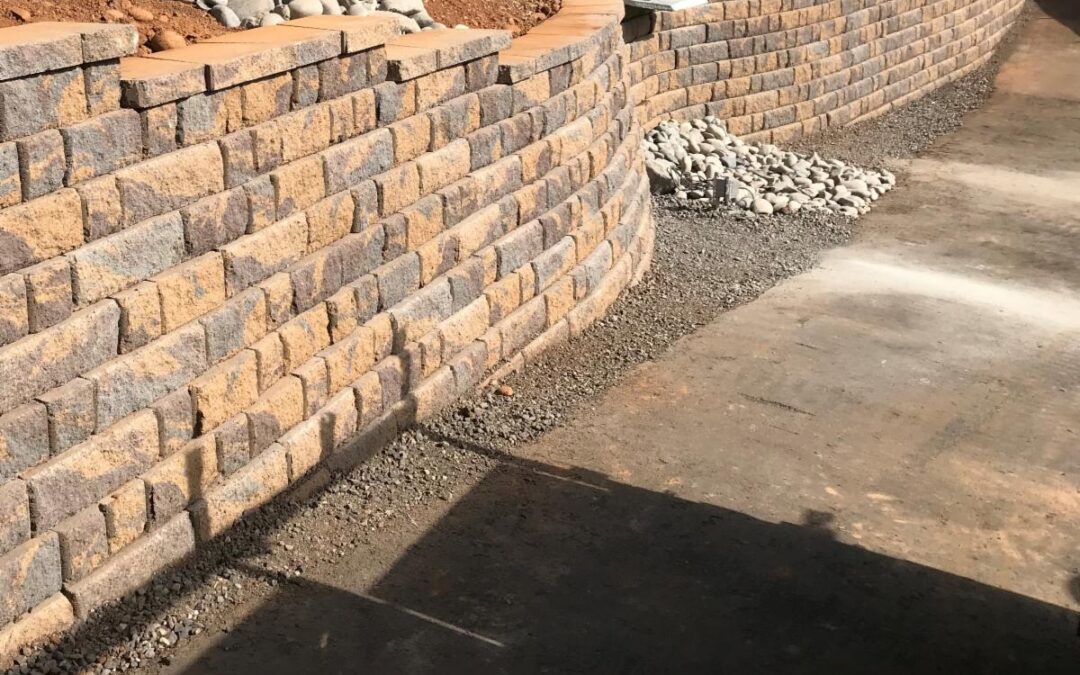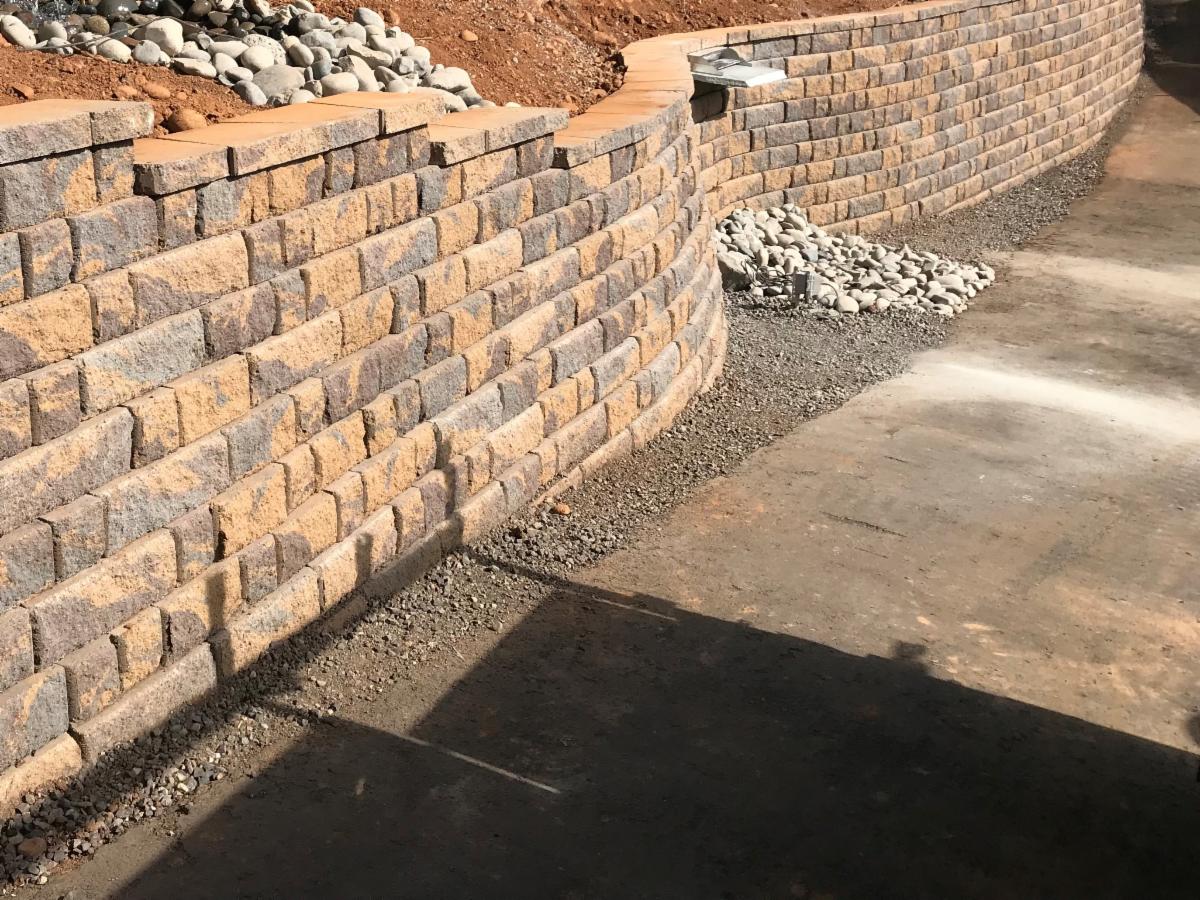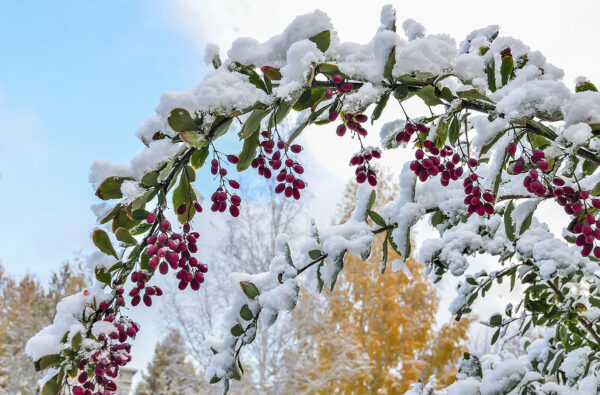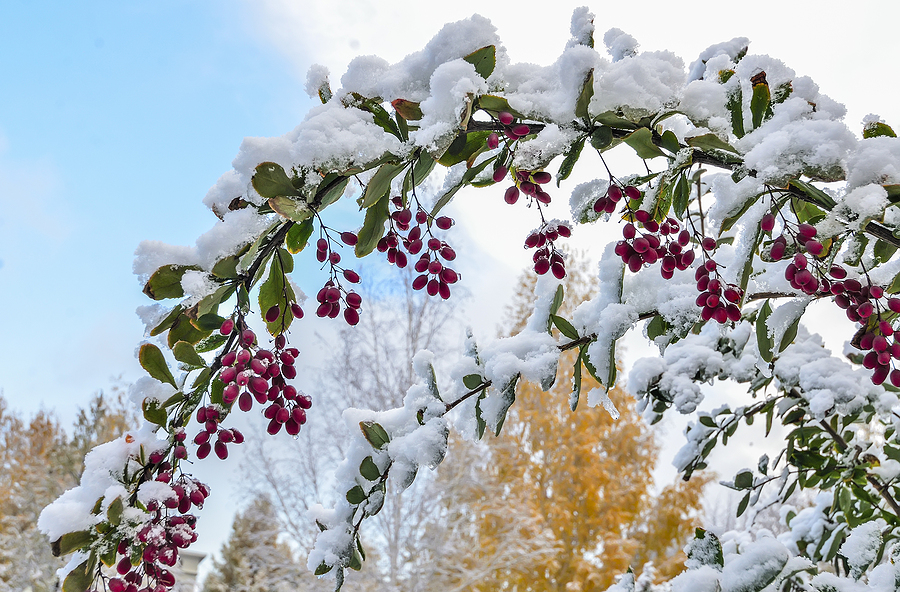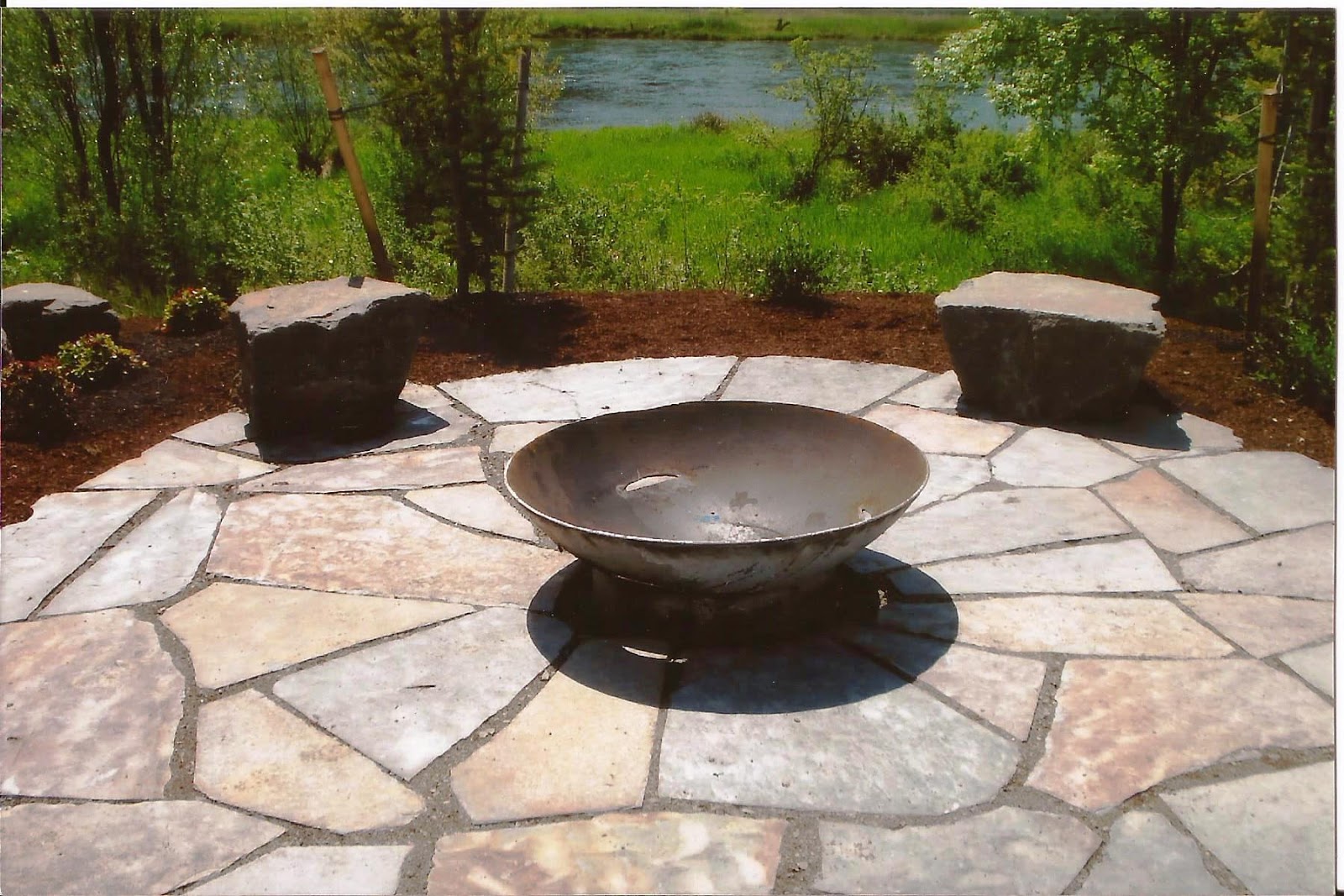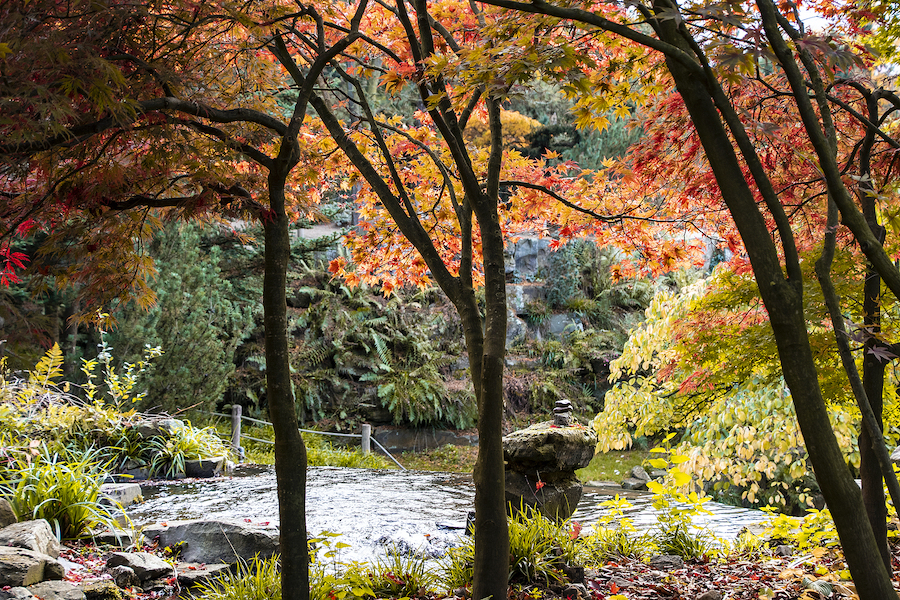
Deer Resistant Plants for Your Yard
There is no such thing as deer-proof plants. Deer in different locations will graze on different plants, depending upon how hungry they are and what else is available for them to eat. Plants that are newly planted out directly from a nursery are usually tastier to deer than plants that have been in the ground for a while, as they have been fed regularly with fertilizer.
Often newly planted landscapes can be devastated when deer find them. It is better to use the phrase deer-resistant plants. This term describes plants being resistant to deer to a greater or lesser extent.
So bear in mind that our suggestions for deer resistant plants may still get nibbled by deer, but are less likely to be eaten than other plants that deer are naturally drawn towards. There are topical sprays that are distasteful to deer that can be applied to the foliage of plants Unfortunately they also smell terrible to people! But these can be used to discourage deer from eating your plants if applied regularly. However, it is probably easier to choose plants that deer find distasteful.
Deer Resistant Plants for Pacific Northwest Gardens:

Deer Resistant Shade Plants
Brunnera ‘Jack Frost’
This sun to shade-loving perennial works well in a variety of soils and has some tolerance for dry shade. It has attractive cream and light-green variegated leaves. The delicate, tiny mid-blue flowers hover above the foliage in spring, brightening up the shade. ‘Jack Frost’ works great as an edging to borders, mixed with ferns and other woodland plants.
Daphne ‘Eternal Fragrance’
This Daphne is special because it is summer-blooming, and ‘Eternal Fragrance’ refers to it’s delicately perfumed pale pink blooms which recur through spring, summer, and fall. Plant in rich, well-amended soil and water moderately. This shrub is toxic to deer and therefore a great deer resistant plant pick. It grows slowly to only 3-4’ tall and 4-5’ wide. It is a great choice for smaller urban gardens and Asian-themed gardens.

These are sometimes called bellflowers due to the shape of the flowers. There are many varieties, from groundcovers to upright perennials, and they often thrive in shady conditions, although some prefer the sun. They usually have blue, purple, or white flowers, with long bloom times, and will easily brighten your perennial or rock garden. They prefer moist, well-drained soil.

Deer Resistant Sun Plants
Phlomis russeliana
Also known as Turkish or Serbian sage, this plant is a great choice for a sunny spot in your mixed perennial border. It has attractive, soft, fuzzy white or green foliage and sends up flower spikes of cheerful yellow flowers, arranged in whorls along the stalk. It grows up to 3’ tall and wide. Phlomis is a low-water/drought tolerant plant that attracts pollinators.
Lupinus Species
Lupines work great in mixed borders with shrubs and other perennials. Their flower spikes bring structure and beauty to a landscape. They work well in mixed perennial and shrub borders and cottage garden style landscapes. Lupines bloom in various colors – blue, white, pink, yellow, and purple – and vary in size, averaging around 3’ and 2’ wide. This plant attracts pollinators and makes wonderful cut flowers. They need well-drained soil to thrive and even soil moisture. Add them to your deer resistant landscape.







